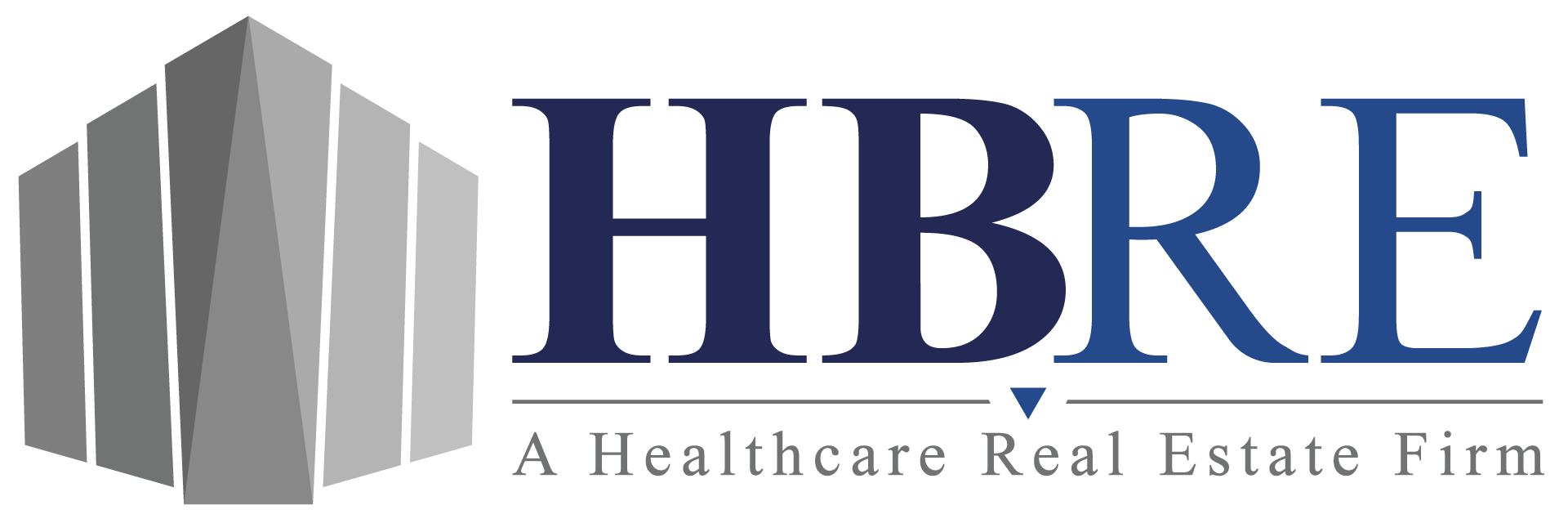As the healthcare industry continues to evolve, the management of medical office buildings (MOBs) becomes increasingly critical for investors and healthcare providers alike. Maximizing the return on investment (ROI) in this niche of healthcare real estate demands a strategic approach that goes beyond property ownership. In this article, we will explore key insights and effective strategies for owning and managing medical office buildings to ensure sustainable financial success and operational excellence.
Understanding the Landscape of Medical Office Building Investments
Medical office buildings are unique assets within the broader spectrum of real estate investments. Unlike conventional office spaces or retail properties, MOBs require specialized knowledge due to their association with the healthcare sector. Strategic investors recognize that the success of MOB investments is intricately tied to the efficient management of healthcare facilities. To optimize ROI, stakeholders must consider several key factors.
Key Considerations for Maximizing ROI in Medical Office Building Management
- Location and Accessibility: The adage “location, location, location” holds true for MOBs. Proximity to healthcare facilities, major thoroughfares, and population centers is crucial. Accessibility is equally important, ensuring that patients can reach the facility easily. Evaluating the demographic profile of the surrounding area is essential to understand the healthcare needs of the community.
- Tenant Mix and Lease Structures: The composition of healthcare tenants within the MOB significantly impacts its financial performance. Diversifying tenant specialties mitigates risks associated with dependence on a single type of healthcare provider. Furthermore, understanding lease structures, including terms, renewals, and rental escalations, is critical for financial planning and stability.
- Compliance and Regulatory Considerations: Healthcare facilities are subject to a myriad of regulations. Ensuring that the MOB complies with healthcare laws, zoning ordinances, and building codes is not only a legal requirement but also a fundamental aspect of risk management. Staying abreast of evolving regulations is crucial for long-term success.
- Technology Integration: The integration of technology plays a pivotal role in enhancing operational efficiency and patient experience. Electronic health records (EHRs), telemedicine capabilities, and advanced diagnostic equipment contribute to the overall attractiveness and functionality of the MOB. Forward-thinking technology adoption positions the facility for sustained success in the evolving healthcare landscape.
- Energy Efficiency and Sustainability: Sustainable practices not only align with broader environmental goals but also contribute to cost savings. Implementing energy-efficient systems, waste reduction initiatives, and green building practices can enhance the MOB’s appeal to environmentally conscious tenants and investors.
Operational Efficiencies in Medical Office Building Management
- Streamlined Facility Management: Implementing efficient facility management practices is crucial for maintaining the operational integrity of the MOB. Regular maintenance, emergency response plans, and a proactive approach to addressing issues ensure a safe and welcoming environment for both healthcare providers and patients.
- Patient-Centric Design: Enhancing patient experience is a key aspect of effective MOB management. Patient-centric design principles, such as comfortable waiting areas, convenient parking, and accessibility features, contribute to patient satisfaction and can positively impact tenant retention.
- Collaboration and Communication: Effective communication and collaboration among healthcare providers, property managers, and administrative staff are foundational for seamless operations. Streamlining workflows, sharing best practices, and fostering a collaborative environment contribute to the overall success of the MOB.
- Financial Planning and Reporting: Rigorous financial planning, budgeting, and transparent reporting are essential for sound management. Implementing robust financial systems allows stakeholders to track revenue, manage expenses, and make informed decisions for continued financial success.
- Adaptability to Healthcare Trends: The healthcare industry is dynamic, with evolving trends influencing the delivery of care. MOBs that can adapt to emerging healthcare models, such as value-based care or collaborative care approaches, position themselves for long-term success.
Enhancing the Performance of Healthcare Real Estate Assets
- Community Engagement and Branding: Engaging with the local community and establishing a positive brand presence contribute to the success of MOBs. Community outreach programs, health education initiatives, and fostering a positive reputation enhance the facility’s standing in the community.
- Investment in Staff Training and Development: The personnel managing the MOB are crucial to its success. Investing in ongoing training for staff, including property managers, administrative staff, and healthcare providers, ensures that the MOB operates efficiently and provides a high standard of care.
- Risk Management Strategies: Proactively addressing potential risks is vital for optimizing ROI. This includes having contingency plans for unforeseen events, maintaining adequate insurance coverage, and staying informed about potential changes in the healthcare regulatory landscape.
- Regular Performance Evaluations: Regularly evaluating the performance of the MOB against predefined benchmarks allows stakeholders to identify areas for improvement. Metrics such as tenant satisfaction, lease renewals, and financial performance provide valuable insights into the overall health of the investment.
- Strategic Expansion and Renovation: Assessing opportunities for strategic expansion or renovation based on the evolving healthcare needs of the community can be a catalyst for increased ROI. Careful market analysis and feasibility studies guide decision-making in these strategic endeavors.
Case Study: Achieving Optimal ROI through Proactive Management
Consider a case where a medical office building in a growing suburban community underwent strategic renovations to accommodate the increasing demand for primary care services. By engaging with the local community, incorporating energy-efficient technologies, and diversifying the tenant mix to include specialists in high-demand fields, the MOB not only met the healthcare needs of the community but also experienced a boost in tenant retention and increased property value.
Conclusion: A Prescription for Success in MOB Management
Effectively managing medical office buildings to optimize ROI requires a multifaceted approach that balances financial considerations with operational efficiency and community engagement. As healthcare continues to evolve, MOB stakeholders must remain agile, embracing technological advancements and adapting to changing patient preferences. At HBRE, we recognize the critical intersection of healthcare and real estate, offering expertise in navigating the complex landscape of medical office building management.
Our team is dedicated to providing comprehensive solutions that go beyond conventional practices. Whether you are an investor seeking to maximize returns or a healthcare provider aiming for operational excellence, HBRE stands as your strategic partner. By incorporating our guidance, which includes strategic planning, cutting-edge technology integration, and a commitment to community-centric healthcare, stakeholders can position medical office buildings for sustained success.
Through these effective strategies, the management of MOBs becomes not only a financial endeavor but a vital contribution to the overall health and well-being of the communities they serve. To embark on a journey of optimized ROI and community impact, contact HBRE today at [email protected]. Together, let’s shape the future of healthcare real estate.




